SciArt profile: Margot Smit
Posted by the Node, on 30 April 2025
In this SciArt profile, we meet Margot Smit, a plant developmental biologist whose lab is in the ZMBP, University of Tübingen. Margot enjoys linocut printmaking of designs inspired by Arabidopsis images from the lab and scenes from nature.
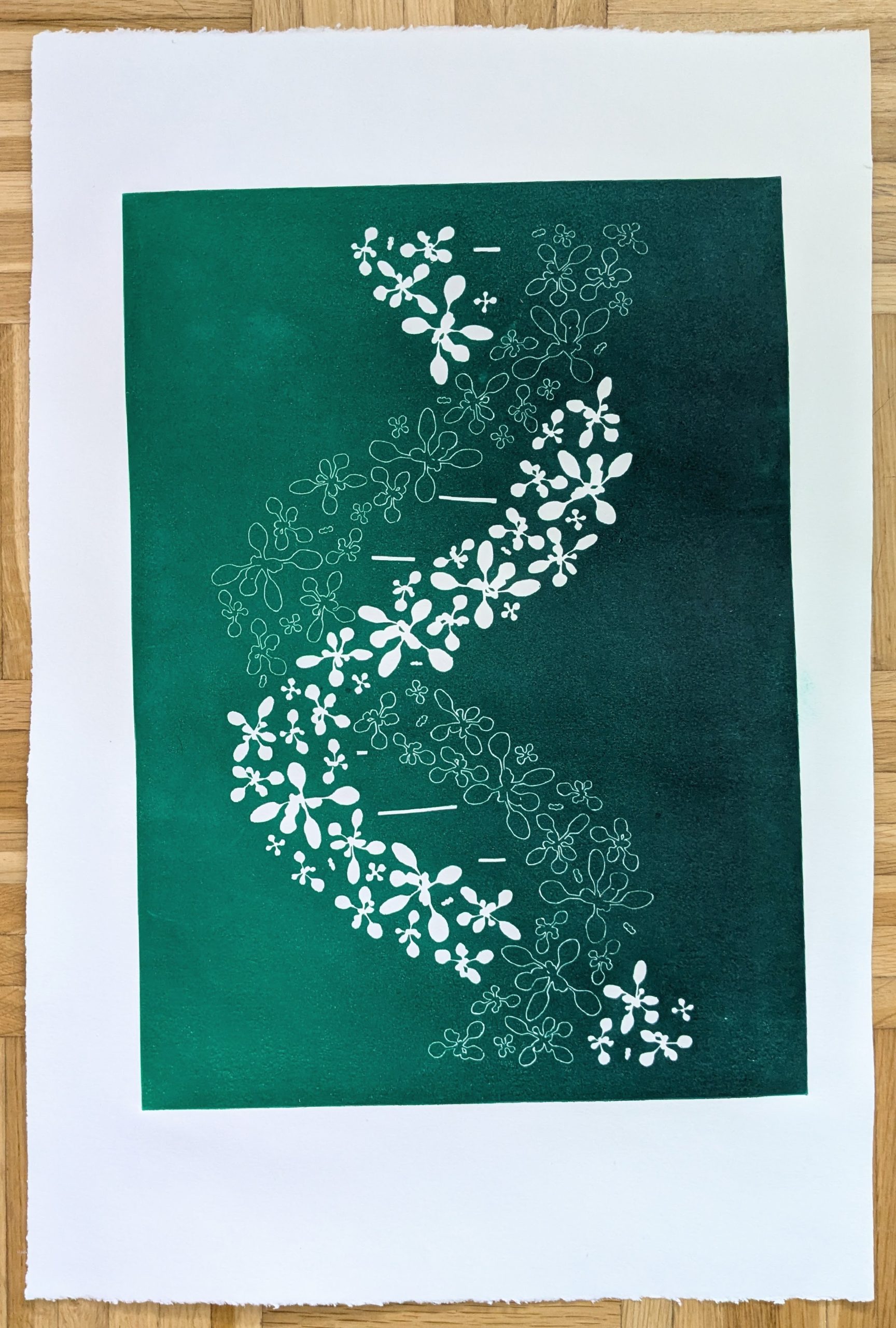
Can you tell us about your background and what you work on now?
I’m a Plant Developmental Biologist working on the temporal regulation of cell identity. In my lab we are using the Arabidopsis embryo and its stomatal lineage to study examples of temporal cell identity control. I studied Biotechnology in Wageningen (Netherlands) and quickly became interested plant developmental biology and during my MSc and PhD I studied the regulation of vascular identity specification during Arabidopsis embryogenesis. After years studying vascular development, I moved to Stanford University to study stomata. Right now, in Tübingen, we use embryonic stomatal development to study the temporal regulation of developmental decisions.
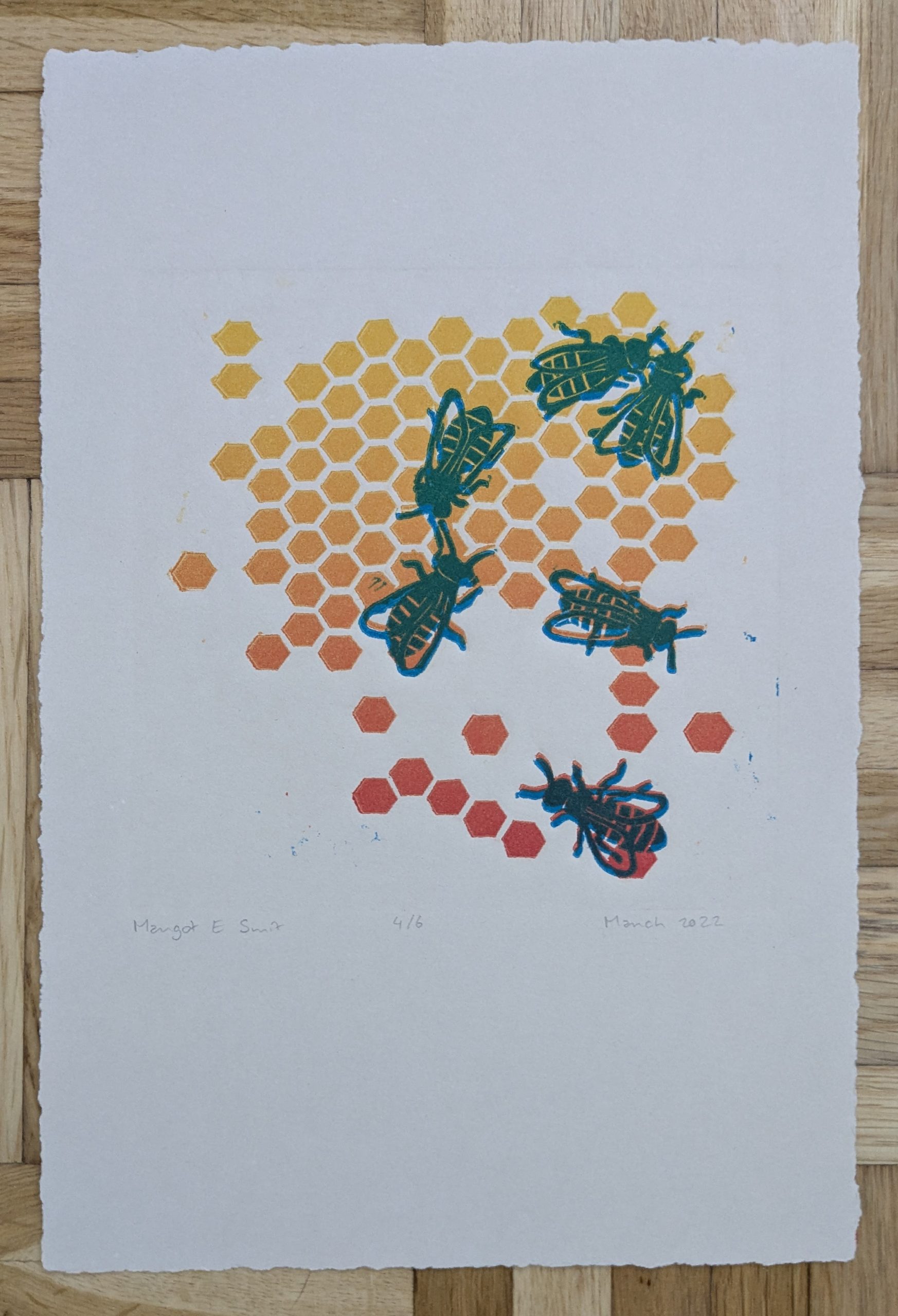
Were you always going to be a scientist?
No, I didn’t really realize that scientist was a real job until I was doing my BSc thesis. I thought it was like becoming an astronaut; some people get to do it but it’s very out of reach for me. During my BSc thesis project, I fell in love with the scientific method of identifying and trying to answer basic questions in biology. I’ve always loved puzzles and all of it felt and still feels like a lovely, complex puzzle. I didn’t know whether I would be able to continue in academia, but I’ve just been taking it one step at a time and enjoying the journey.
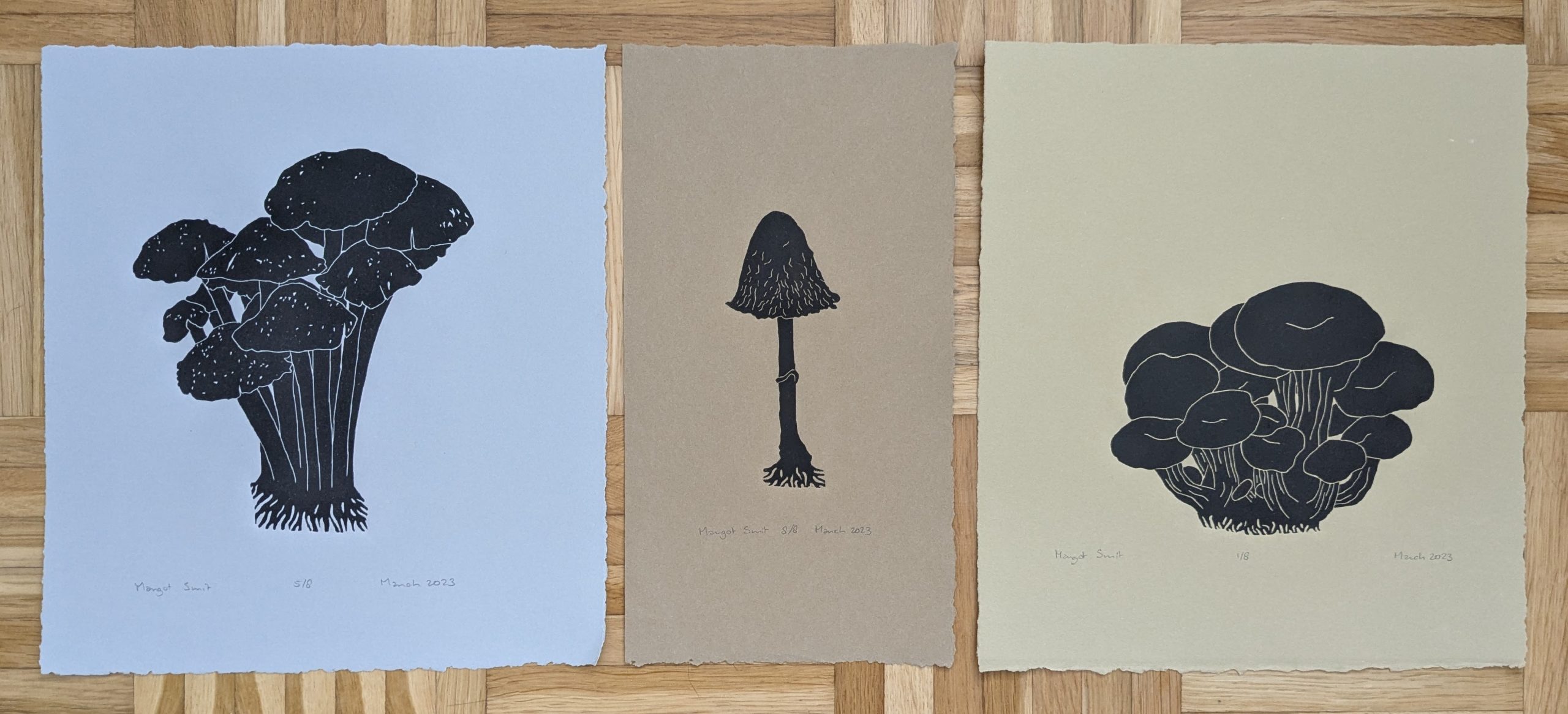
And what about art – have you always enjoyed it?
I’ve always enjoyed art and got a lot of opportunities to play around with it growing up but was never super confident. Several of my family members are very artistic and have attended and/or taught at art schools which got me exposed at a young age. However, I am not incredibly talented and do not have the patience or practice with drawing or painting: I make a lot of mistakes and easily give up on it. Instead, during my PhD I discovered a love for using Illustrator to create fun compositions and designs.
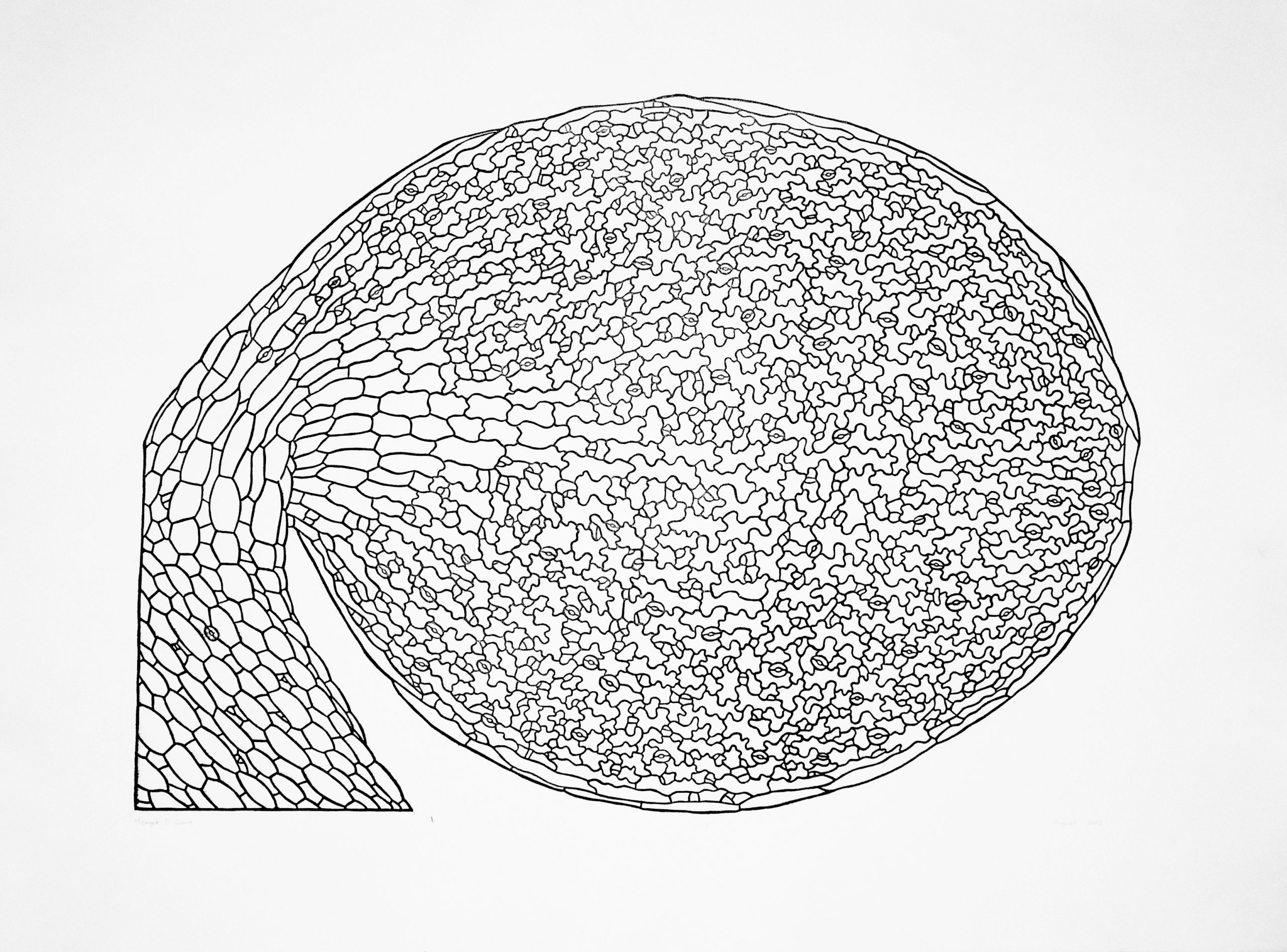
What or who are your most important artistic influences?
My mother, grandma and aunt were my first artistic influences growing up, there were always plenty of art supplies and examples around. While traveling in Eureka few years ago, I saw prints from Lynn M Jones and got inspired to give it a try. I then took Katie Gilmartin’s awesome printmaking course in San Francisco and she’s been a great inspiration. In recent years I’ve also been really inspired by online communities sharing their printmaking. For me, most prints are based on images from the lab or from nature.
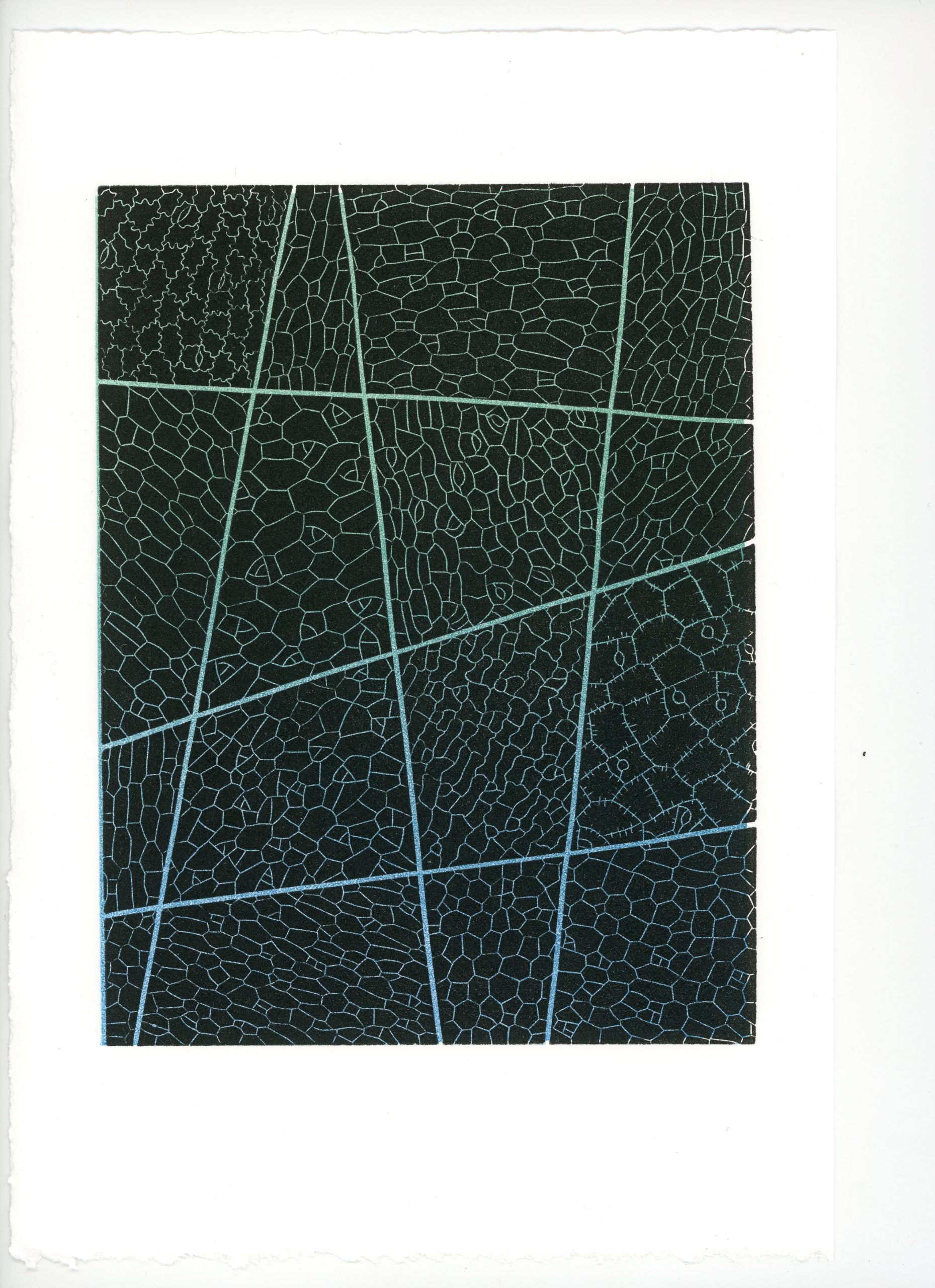
How do you make your art?
Each print starts with a series of images or ideas. The challenge for me is to figure out how to work with the restrictions that are part of my linocut printmaking process. I usually only carve one or two blocks per print and a design needs to be high contrast, relatively simplistic, and mostly two-tone with limited shading options. First, I try lots of different designs using Illustrator and my drawing tablet. Once I am satisfied with the design, I transfer it to the linoleum and start carving. When I think I am done I will do some test prints and maybe adjust the carving before moving to the real printing. To print I use oil-based inks that I mix to the desired color and apply using a roller. Then I place a sheet of damp paper on top and start to transfer the ink: for small blocks I can use my press, for larger blocks I have to hand print using a baren. Depending on the depth of the lines I will print each block five to twenty times.
Does your science influence your art at all, and vice versa, or are they separate worlds?
For me they are very connected. A lot of my prints are based on images from the lab or based on scientific interests. That’s one of the cool aspects of working with plants, patterns and embryos.
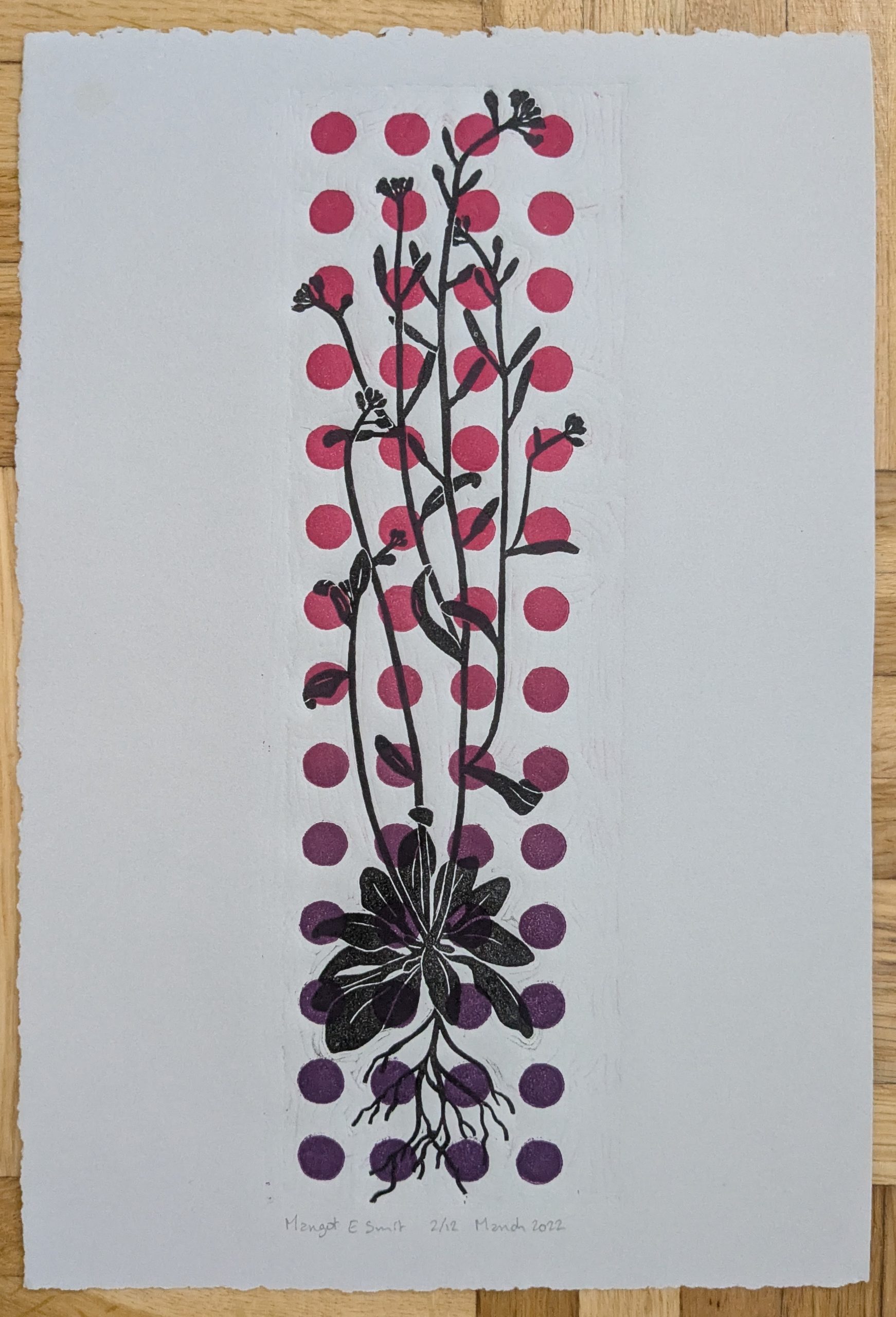
What are you thinking of working on next?
I’ve started a new project with a bunch of scientific model organisms. But things have been busy at work recently and while I am done with the design, I haven’t progressed far into the carving yet. I think it’ll be a challenge to print but that’s part of the fun.
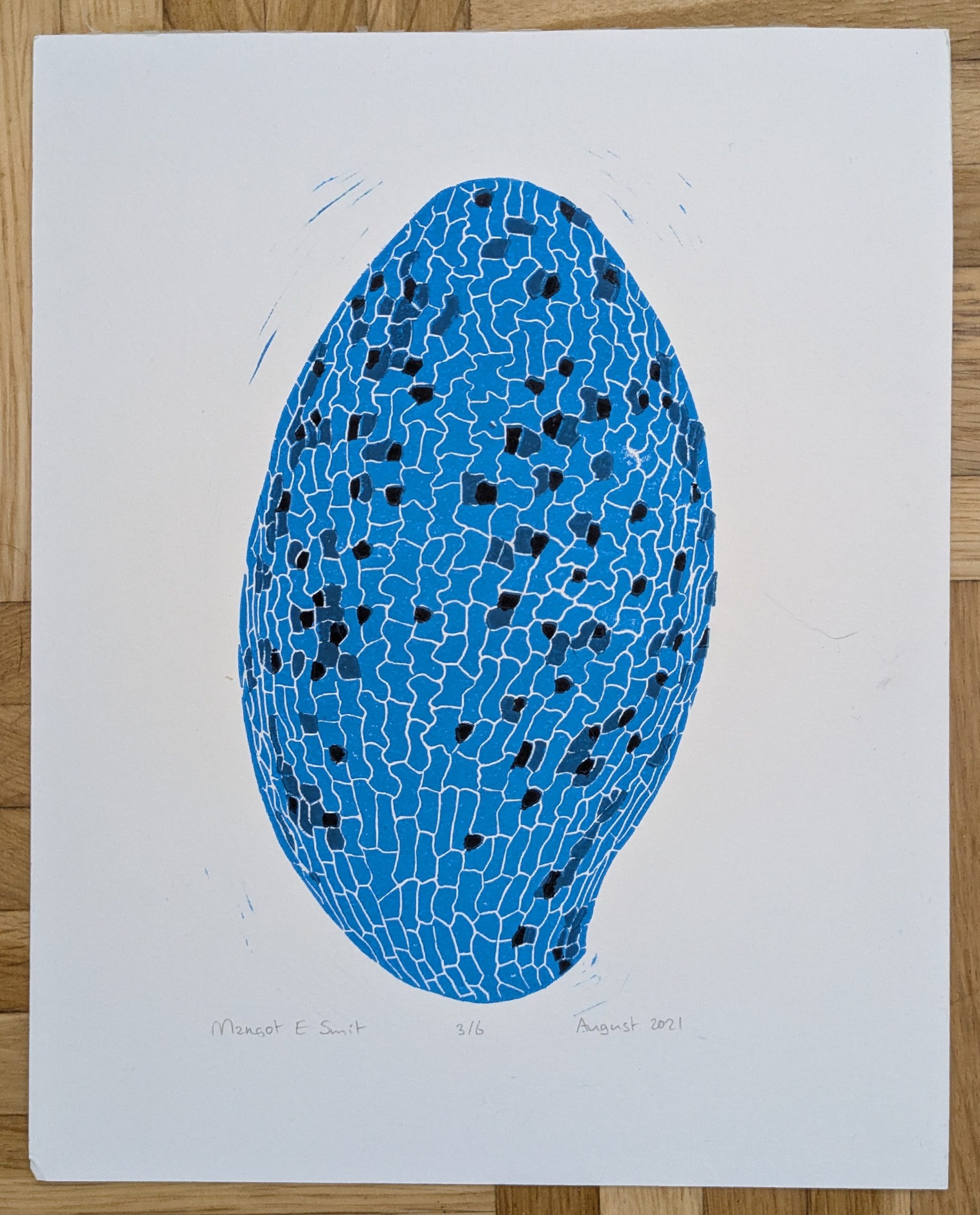
How can people find more about you and your artwork?
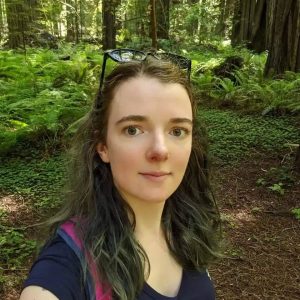
I have a website where I have an (old) overview of my prints. When I moved back to Europe, I also sold some from there with proceeds going to charity, something that I am planning to do again though I’m not sure when. Otherwise, they just take up space in my drawers… I also sometimes post them on my BlueSky though I haven’t created a lot recently.


 (1 votes)
(1 votes)